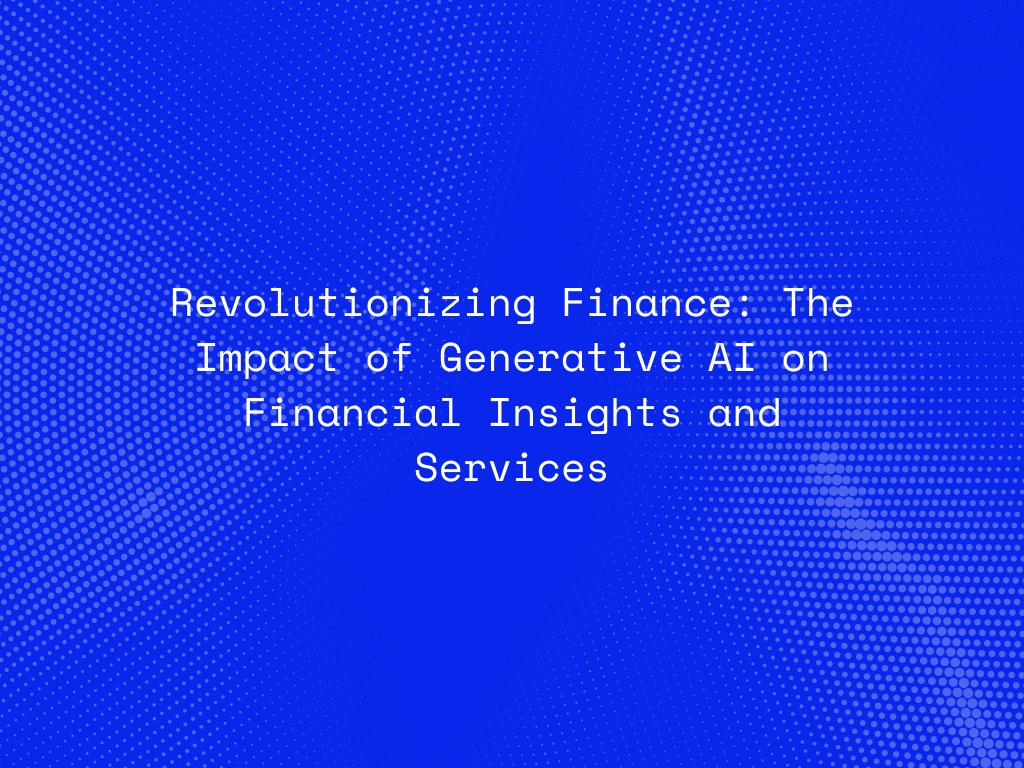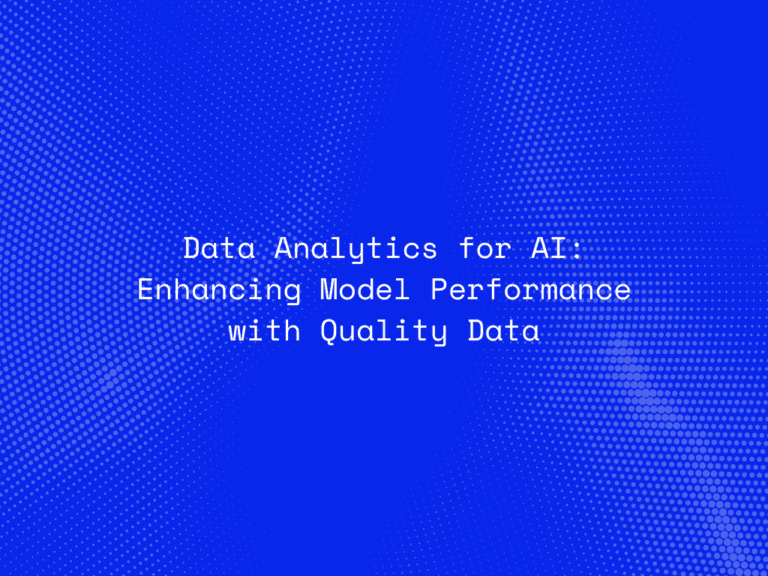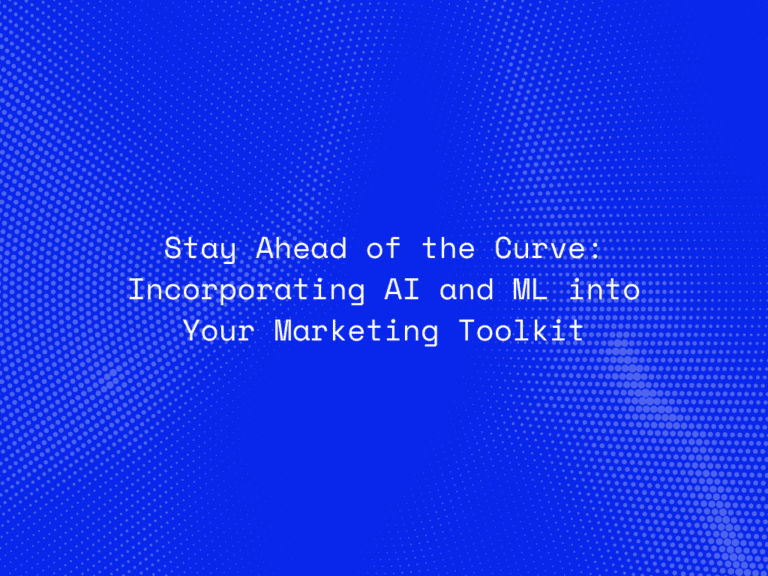In an era where data is akin to gold, the financial sector is continuously on the lookout for innovative ways to harness its potential. One groundbreaking development in this pursuit is the advent of Generative AI, a technology that is revolutionizing how financial insights are generated, analyzed, and implemented.
Understanding Generative AI
Definition and Overview
Generative AI refers to the class of artificial intelligence that, instead of just analyzing data, can generate new content and data. It’s like teaching a machine to be creative, to come up with new ideas based on patterns it learns from vast datasets.
Applications in Various Sectors
From creating realistic images and videos to generating human-like text, Generative AI’s applications are vast and varied, spanning across sectors including healthcare, automotive, entertainment, and notably, finance.
Generative AI in Finance
Current Landscape
The financial sector, with its complex datasets and need for precision, presents a fertile ground for Generative AI. It’s being used to not just improve efficiencies but also to innovate product offerings and decision-making processes.
Potential Benefits
The promise of Generative AI in finance includes enhanced accuracy in predictions, personalization of customer services, and automation of routine tasks, leading to significant time and cost savings.


Deep Diving into Use Cases
Automated Financial Reporting
Imagine AI systems that can autonomously generate financial reports, not just by aggregating data but by understanding and interpreting financial trends and results.
Risk Management
Generative AI can simulate various market scenarios to help institutions prepare for and mitigate potential financial risks, enhancing stability in the volatile world of finance.
Algorithmic Trading
By generating and testing countless trading strategies, Generative AI can identify patterns that might be invisible to the human eye, leading to smarter, more efficient trading.
Personalized Banking Services
From tailored investment advice to customized financial products, Generative AI holds the potential to personalize banking at an unprecedented scale.
Technological Framework
Key Technologies Behind Generative AI
Technologies such as deep learning, neural networks, and natural language processing are the building blocks of Generative AI, enabling machines to learn from and generate new data.
Integrating AI with Financial Systems
Integrating Generative AI into existing financial systems requires a robust technological framework that ensures seamless data flow and real-time processing capabilities.
Challenges and Considerations
Data Privacy and Security
With great power comes great responsibility. Ensuring the privacy and security of financial data is paramount in the deployment of Generative AI.
Regulatory Compliance
The ever-evolving regulatory landscape in finance poses a challenge to the implementation of AI, necessitating agile and compliant AI solutions.
Bias and Ethical Concerns
Mitigating biases and ensuring ethical use of AI is crucial, especially in finance, where decisions can have significant socio-economic implications.
Future Outlook
Trends and Predictions
The trajectory of Generative AI in finance points towards more personalized, efficient, and secure financial services, powered by ever-improving AI capabilities.
Evolving Financial Landscape
As Generative AI continues to evolve, so too will the financial landscape, potentially transforming the very fabric of financial services and institutions.
Conclusion
Generative AI holds the promise of transforming the finance sector by providing faster, deeper insights and personalized services. While challenges remain, the potential benefits make it an exciting frontier worth exploring.




